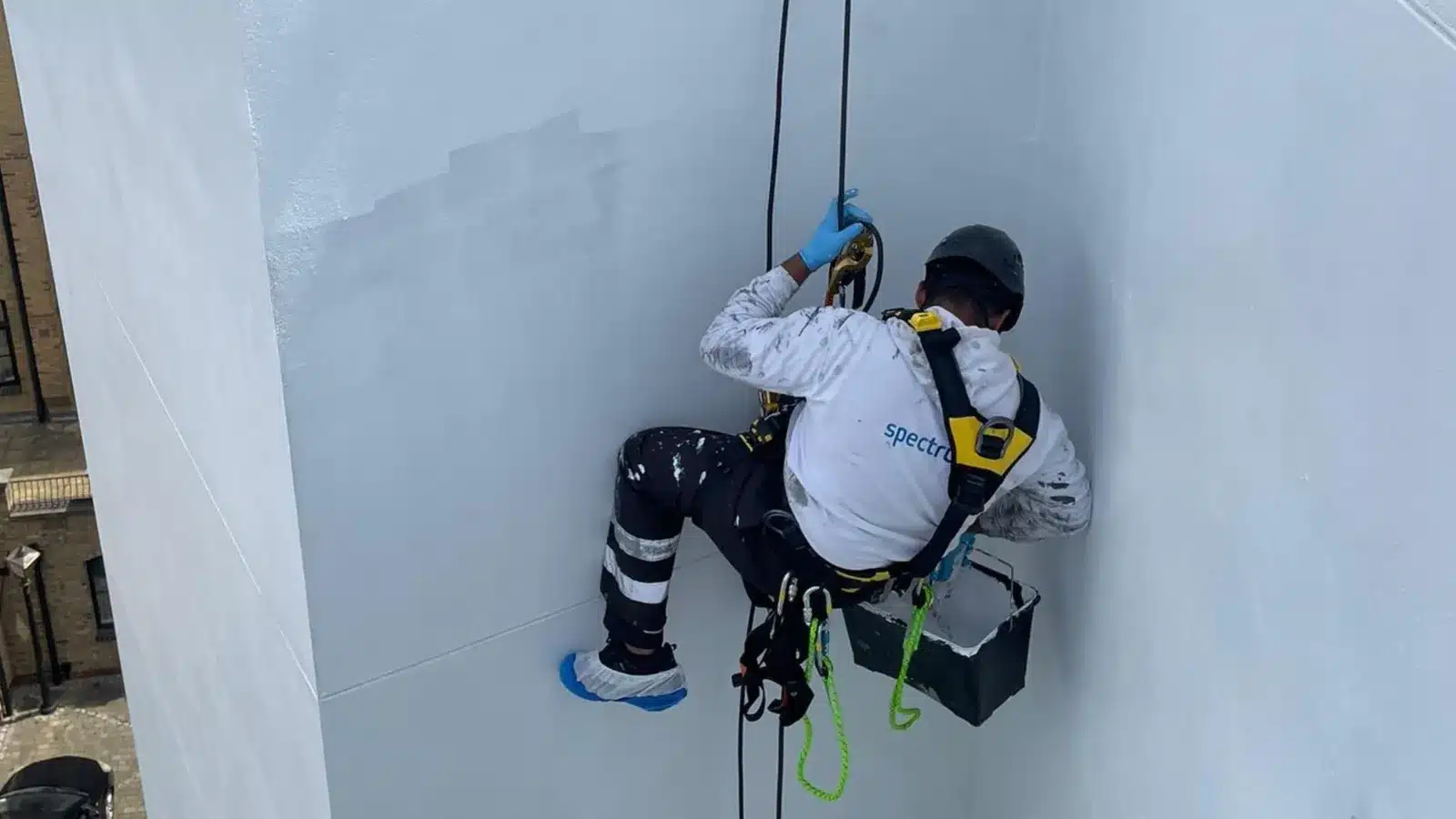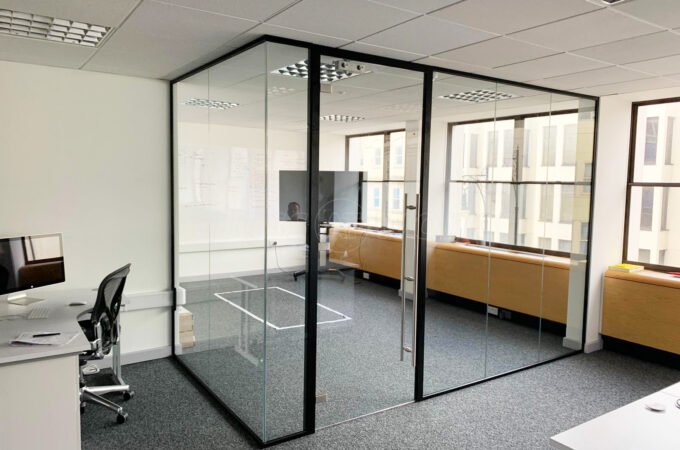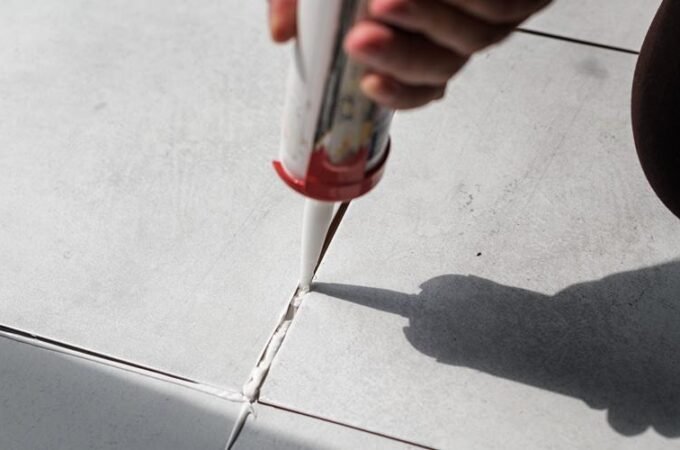
5 Rope Access Techniques in the Industry
In the dynamic world of abseiling painters and abseiling painting, the utilization of rope access techniques has revolutionized the approach to painting in hard-to-reach areas. From towering skyscrapers to expansive bridges, rope access provides a safe, efficient, and cost-effective solution. This guide delves into the benefits of rope access in the painting industry and explores five key techniques used by professionals.
Table of Contents
ToggleBenefits of Rope Access in Painting Industry
Rope access techniques offer a myriad of advantages for abseiling painters, especially when tackling challenging projects:
- Enhanced Safety: Rope access methods are governed by strict safety protocols, significantly reducing the risk of accidents. This system allows painters to securely navigate difficult areas, ensuring their safety and the safety of others around them.
- Cost-Effective: Compared to traditional scaffolding or aerial work platforms, rope access is more cost-effective. It requires less equipment and setup time, leading to lower labor and rental costs.
- Minimized Disruption: Rope access techniques are less intrusive, meaning less disruption to the surrounding environment. This is particularly beneficial in busy urban areas, where minimizing impact on daily operations is crucial.
- Increased Accessibility: Abseiling painters can reach almost any part of a structure, no matter how challenging. This accessibility ensures that even the most difficult-to-reach areas receive a high-quality paint finish.
- Speed and Efficiency: Rope access systems are quick to set up and dismantle, allowing for faster completion of painting projects. This speed is a significant advantage in time-sensitive projects.
5 Rope Access Techniques in the Industry
Single Rope Technique (SRT)
The Single Rope Technique, commonly known as SRT, is a staple in the repertoire of abseiling painters. This method involves using a single rope that is securely anchored at the top of the structure. The painter, equipped with specialized ascenders and descenders, can smoothly navigate up and down the rope. SRT is highly favored for its simplicity, allowing quick access to vertical surfaces. It’s particularly efficient for tall buildings or structures where direct vertical access is required.
Double Rope Technique (DRT)
Double Rope Technique, or DRT, offers enhanced safety for abseiling painting projects. It employs two ropes – a primary working line and a secondary safety line. This dual-system ensures that if one line fails, the other provides immediate backup. DRT is ideal for complex projects where extra security is crucial. It is particularly useful in environments where there are multiple risks or when working over sensitive areas where additional safety measures are necessary.
Aid Climbing
Aid Climbing is a technique often employed when direct access to the work area is challenging. It involves using climbing aids such as etriers (webbing ladders) and daisy chains, allowing Sydney painters to maneuver to otherwise inaccessible areas. This method is especially beneficial for structures with irregular surfaces or for reaching areas that are not directly aligned with the anchor point. Aid Climbing requires a high level of skill and is indicative of the versatility that rope access techniques offer in commercial painting.
Rebelaying
Rebelaying is a technique used to navigate around obstacles or to reach different levels of a structure without descending to the ground. This involves re-anchoring the rope at various points along the structure, allowing the painter to change direction or bypass obstructions. Rebelaying is particularly useful in complex structures, such as bridges or buildings with protruding features, ensuring that every nook and cranny can be efficiently painted.
Rope Transfers
Rope Transfers are crucial for covering large areas or working on structures with multiple facets. This technique involves transferring from one rope system to another while suspended in mid-air. Rope transfers require precision and skill, enabling painters to seamlessly move across different sections of a building. This technique epitomizes the adaptability that abseiling painters bring to their craft, allowing comprehensive coverage of expansive or architecturally complex structures.
By incorporating these rope access techniques, commercial painters can safely and effectively tackle a wide range of painting projects, demonstrating the versatility and innovation at the heart of modern abseiling painting.
Conclusion
Rope access techniques have become an indispensable part of the painting industry, especially for projects that involve high-rise buildings or complex structures. Abseiling painters, equipped with these techniques, can efficiently and safely complete projects that would otherwise be challenging or impossible. Whether it’s a skyscraper, a historical monument, or a bridge, rope access offers a practical solution that ensures safety, efficiency, and quality in painting projects. As these techniques continue to evolve, they will undoubtedly play a pivotal role in shaping the future of commercial painting in Australia and beyond.
FAQs
How many rope access technicians are in Australia?
The exact number of rope access technicians in Australia fluctuates, but it’s a growing field, especially in urban centers like Sydney and Melbourne. The industry has seen a steady increase in professionals trained in advanced rope access techniques, catering to various sectors from construction to maintenance.
What are the different types of rope access?
Rope access includes various techniques like Single Rope Technique (SRT) for straightforward vertical access, Double Rope Technique (DRT) for enhanced safety, and specialized methods like aid climbing, rebelaying, and rope transfers for complex structures and diverse working conditions.
What are the applications of rope access?
Rope access is used in a wide range of applications including building maintenance, window cleaning, painting, and inspections. It’s particularly useful for work on high-rise buildings, industrial structures, bridges, and areas where traditional access methods are impractical or too costly.
What type of rope is used for rope access?
For rope access, static ropes are typically used due to their minimal stretch under load, which offers stability and safety. These ropes are specifically designed for abseiling and rigging in industrial applications, ensuring durability and adherence to safety standards.






